Life During Wartime at the Charter Oak Mine
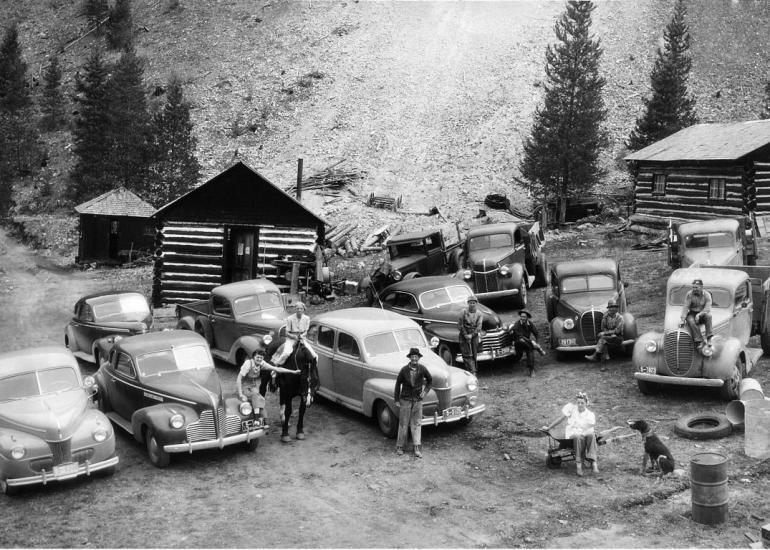
The steady pounding of granite ore inside the Portland jaw crusher drowns out the voices of the workmen below funneling pulverized ore pulp into metal flotation tanks. Both miner and chemist, the millman’s flotation target is strategic war supply: zinc, lead and copper. The pungent odors of gasoline exhaust, oil, chemicals, ore dust, sweat and cigarettes permeate the rough-lumber mill building. Outside in the late afternoon sun, the aroma of venison pie and boiled coffee wafts up from the sunbaked log cabin overlooking a willowy river bottom piled high with gritty mill tailings. Such was daily life during wartime at the Charter Oak Mine, 1943.
Modern warfare depends as much on industrial strength as military might. The crucial role of the Anaconda Copper Mining Company and other big mining enterprises in World War II materials production is widely appreciated. Less so is the contribution of Montana’s many small-scale mine operations. The Charter Oak Mine in southwestern Montana is one such example, being a uniquely preserved, family-operated, 1940s-vintage wartime “strategic materials” mine now interpreted for the public on National Forest land.
Charter Oak is perched on a mountain slope above the scenic Little Blackfoot River some 28 miles southwest of Helena. First spotted by a fly fisherman, a whitish slurry of toxic mill tailings drifting downriver led to aggressive mine cleanup at Charter Oak by the State of Montana and U.S. Forest Service in the 1990s. Listed in the National Register of Historic Places, Charter Oak is now a popular historical site offering a glimpse into the lives and fortunes of small Montana mine operators during the first half of the tumultuous 20th century.
Originally from Bangor, Maine, Fred Hopkins located the Charter Oak quartz lode claim in March of 1912. Operating with slim capital and a minimal workforce, he produced enough low-grade silver-lead ore to sustain his operation until the 1930s stock market crash. Older brother Ralph and his sons, John and Weston, arrived on the scene, forming Hopkins & Sons Mining Company in 1942. Miners being as important as soldiers, John received an “in war production” deferment from the local draft board while Weston became a draftsman with Boeing Aircraft in Seattle.
The Hopkins assembled a gasoline-powered, 50-ton flotation mill to produce base metals crucial to the war effort. Their newly-formed mining company applied to the War Production Board for a preference rating to secure the necessary mining supplies and material in America’s wartime-rationing economy. Industrious and educated people, the Hopkins family’s picturesque log cabin, lined inside with bookshelves, still stands below the mine.
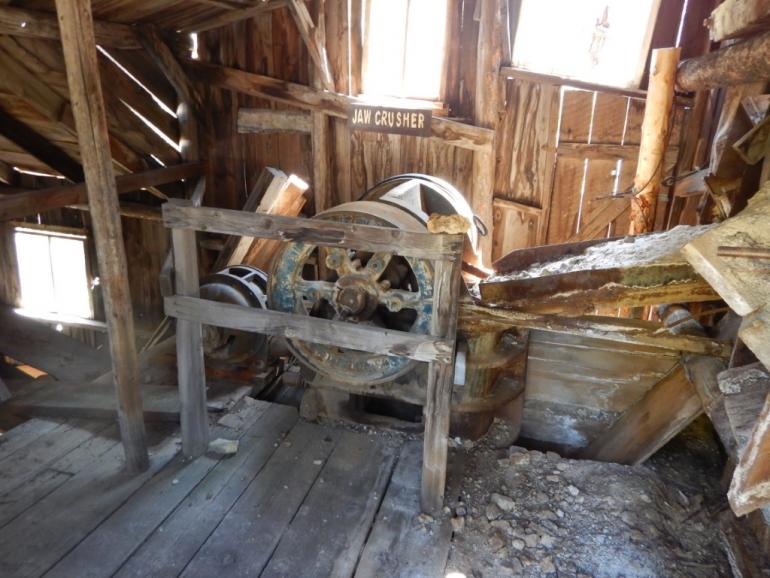
Photo by Carl Davis
Today, Charter Oak visitors can wander through the remains of a once-operational lode or underground mine and ore milling circuit. The partly-reconstructed lower tunnel opening or adit leads to a maze of narrow tunnels deep inside the mountain towering above the mine-mill complex (all underground entrances are now collapsed or barred from entry). Here the Hopkinses used pneumatic drills and dynamite to blast out Boulder Batholith granite in more spacious stopes, hauling and tossing the mineral-barren waste or “country” rock downhill directly below the tunnel entrances. Crews then winched the mineralized ore in metal carts on rails to a plank timber storage bin at the top of the flotation mill. A now-collapsed tram system also carried ore from the upper tunnels to the mill. The intimidating Portland jaw crusher, comprised of heavy moving and stationary plates, and the ball mill, a cement truck-sized, rotating drum charged with water and forged steel balls, then pummeled the ore into fine grit or pulp.
Throughout the latter half of the 19th century, millers extracted precious metals from crushed ore using chlorination and cyanidation. These techniques were effective for leaching out valuable gold and silver concentrates but were unsuitable for processing the more prosaic base metals now in enormous industrial demand in early 20th century America. Equally problematic, most accessible, high-grade ore bodies were depleted, necessitating new technologies to effectively process abundant low-grade ore. To the Western mining industry’s considerable luck and great fortune, Australian millers developed the froth-flotation process in the early 1900s.
In essence, froth-flotation enabled metals to be extracted from pulverized ore in flotation tanks containing water, oil, chemicals and solvents. Conveyor belts carried the ore pulp from the ball mill and rake classifier (a device that separated any remaining coarse material from the fine pulp) to nearby interconnected flotation tanks. Paddles at the bottom of each water-filled tank agitated the pulp in various chemical formulas, causing the desired metals to attach to rising air bubbles. Millers then skimmed off the frothy metal-rich concentrates, and dried, stored and shipped them to local and distant smelters. Work crews pumped the minerals-depleted sludge in the bottom of the tanks to convenient places below the mill, usually floodplains, leaving cadmium, arsenic and other heavy metal-laced tailings piles for future generations to clean up.
Gold and silver are Montana’s signature minerals but base metals are its bread and butter. Look no further than Butte to appreciate the enormous socioeconomic importance of copper. During World War II, zinc produced at Charter Oak and many other mines saw extraordinary demand as a key ingredient in cartridge brass, rust-proofing iron and steel, dry cells, waterproof paint, rubber manufacture, cloth dyeing, and a myriad of military-oriented products. Similarly, lead found use in an array of war supplies and alloys. Manganese, chromium, molybdenum, and tungsten became critical steel alloys. Tetraethyl lead was a critical component of motor and aviation gasoline fueling America’s harrowing ground and aerial warfare in the Atlantic and Pacific theaters.
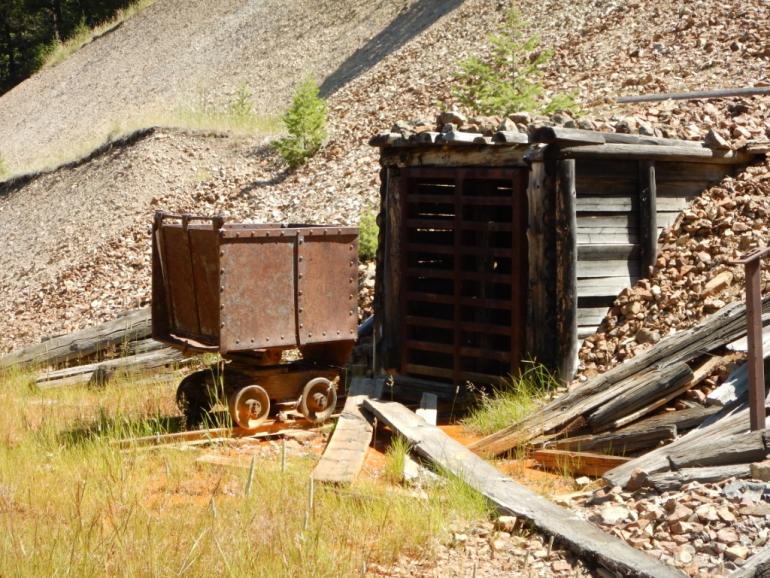
Photo by Carl Davis
The Western stereotypes of fiercely independent miners and powerful corporate mine bosses overshadow the federal government’s gargantuan role in supporting and subsidizing the American mining industry during World War II. Congress first passed the Strategic Materials Act to stockpile critical war materials. Gold Limitation Order L-280 effectively closed most gold mines by refusing operators access to crucial mining supplies (gold had limited application in strategic war products). The government offered price supports and premium payments for zinc and other base metals. This enormous financial investment by the U.S. government transformed the West into an expansive wartime workshop, which eventually became part of America’s post-war industrial infrastructure.
After the war, James Bonner from California became involved with the Charter Oak operation, creating the Charter Oak Mining Company with the inveterate miner John Hopkins. Bonner and his wife Esther lived in the old cabin. Despite the pleas of their neighbors, the Bonners refused to dynamite beaver dams, helping to insulate the Little Blackfoot River from the noxious mill tailings piled up on the floodplain below the mine.
Charter Oak continued to produce lead and zinc into the early 1950s, but had limited production thereafter. Bonner conveyed his mine interests to John Hopkins and Henry “Hank” Lauri, an Elliston miner, who formed the Hopkins Mine Incorporated. Not much on-site mining was done. Instead, Hopkins and Lauri assayed and ran ore from other local mines through the ball mill, keeping their operation afloat into the early 1970s. The assay building, with some of its chemistry apparatus still intact, is always an interesting stop for Charter Oak visitors.
By the 1980s, mining activity at Charter Oak had all but ceased. After purchasing the operation from Hank Lauri, the last mine owners’ ambitious plan to leach gold and silver from the tailings piles ended abruptly with the discovery of Charter Oak mill tailings drifting lethally downstream. Facing liability and an expensive mine cleanup bill, the owners gave up their unpatented mining claim and quit-claimed their buildings and older mining equipment to the U.S. government for future historical interpretation.

Ultimately, market forces, globalization, open-pit mining, and environmental regulations conspired against most underground mining and milling operations in southwestern Montana. At Charter Oak and other small-sized mines in the Little Blackfeet River Valley, spotty low-grade ores, perpetually slender operating margins, technological change, and the ebb and flow of family life further contributed to their demise.
Despite Montana’s extensive mining history, surprisingly few historic lode mines today are accessible or safe for public visitation. Charter Oak is a rare exception. The U.S. Forest Service provides guided tours on summer weekends. Schoolchildren visit Charter Oak as part of their history and environmental curricula. The never-ending repair and stabilization projects—mines were never meant to last—frequently involve Forest Service Passport in Time program volunteers. The Helena-Lewis & Clark National Forest can be contacted for tour schedules and volunteer opportunities.
Today, looking over the vintage Charter Oak mine from the sturdy public viewing deck atop the mill building, visitors are reminded of the essential role that Montana miners played in supplying the U.S. military with the strategic materials necessary to win a fierce global war. A snapshot of the scenic mine setting with a smartphone, made of some 30 common and rare elements, also reminds us of the diversity of precious and base metals which American and global society continue to heavily depend on today.

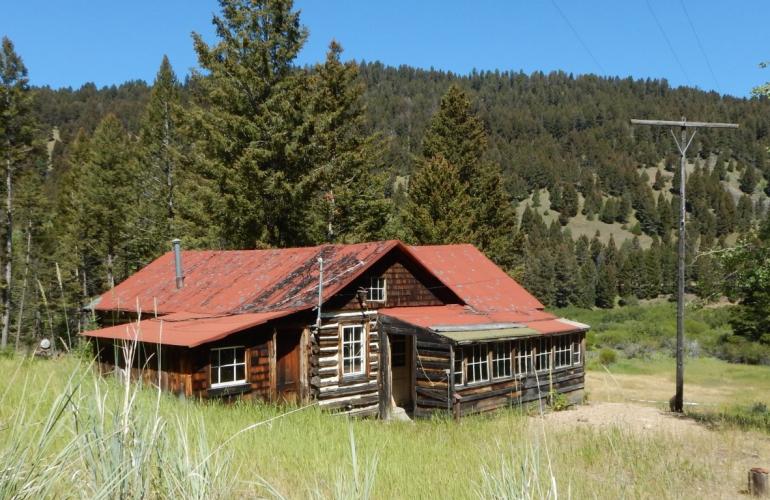

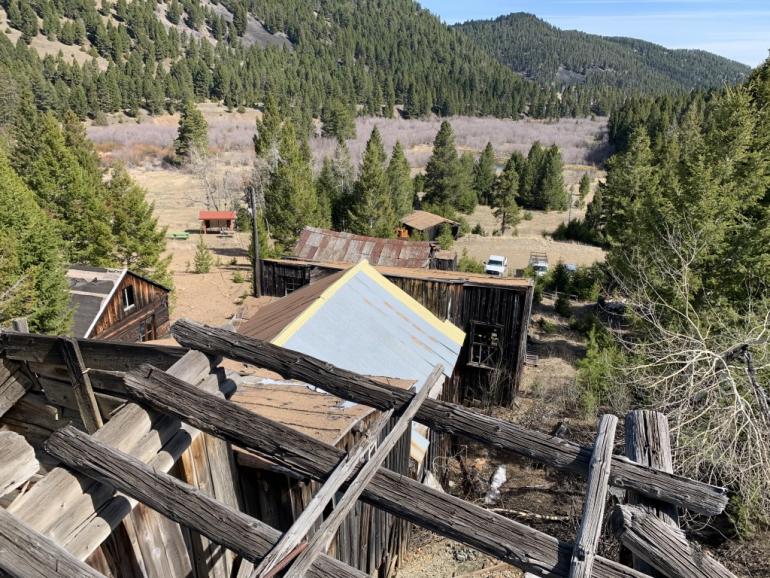
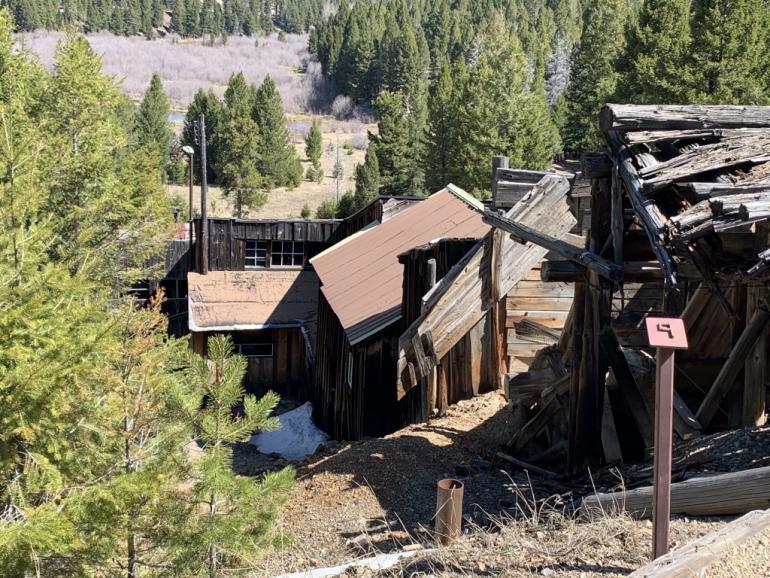
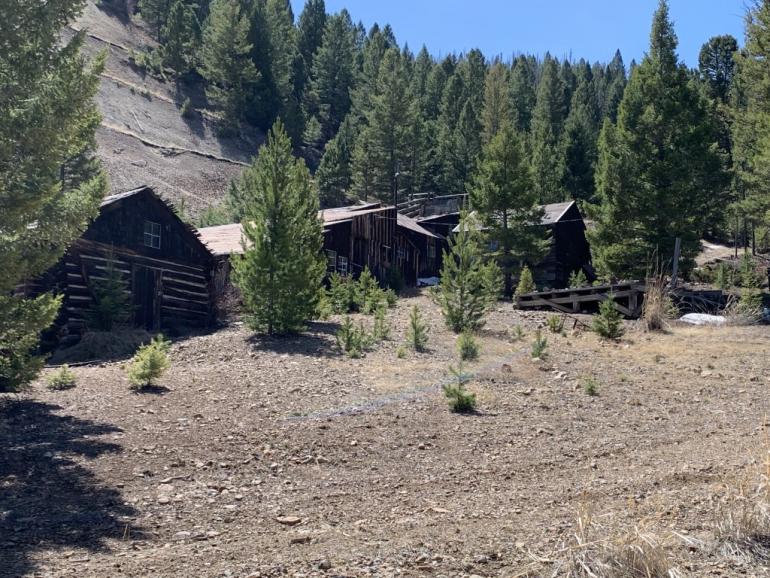




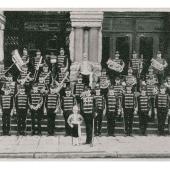

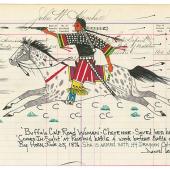
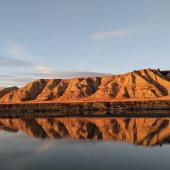



Leave a Comment Here